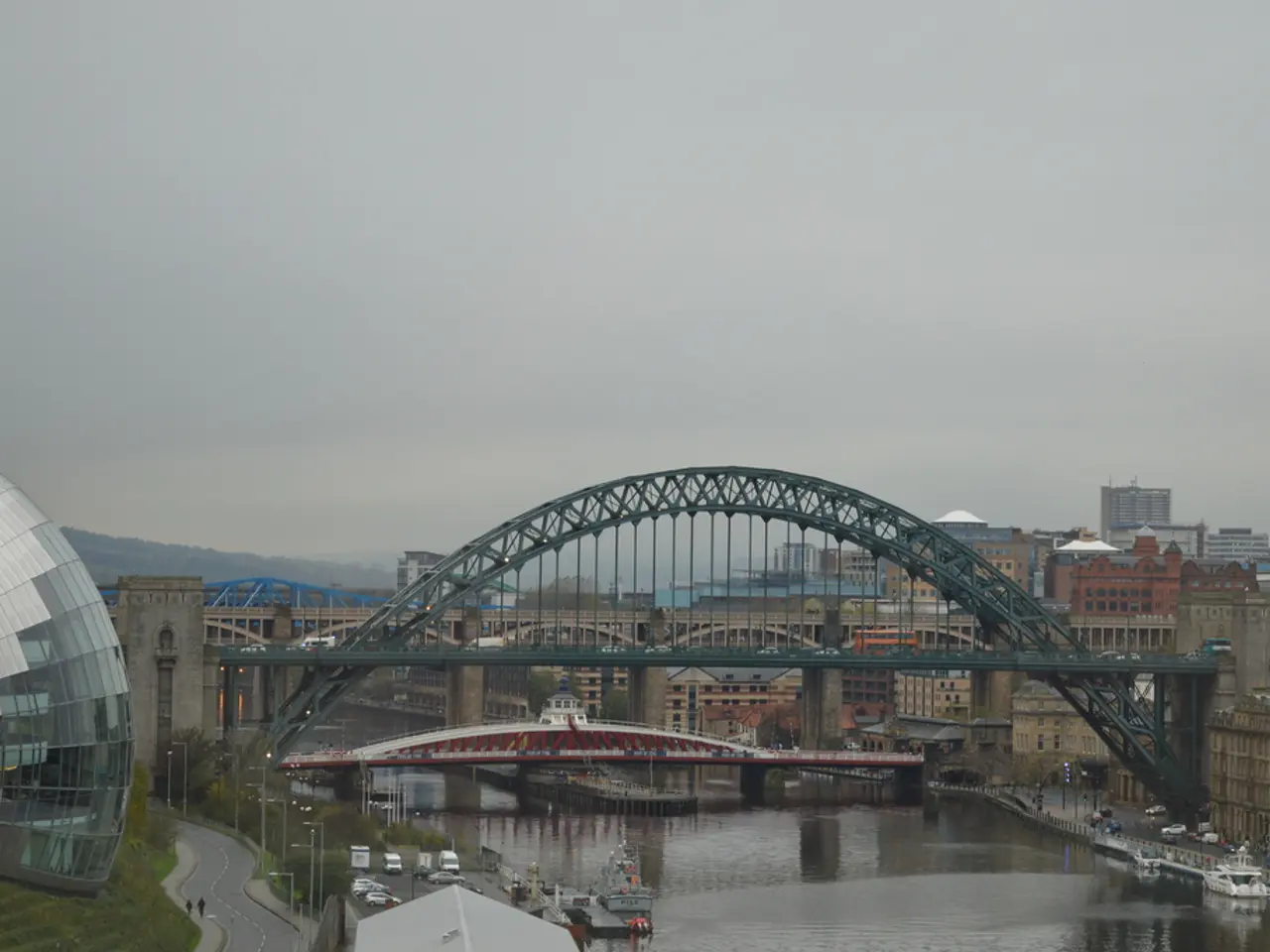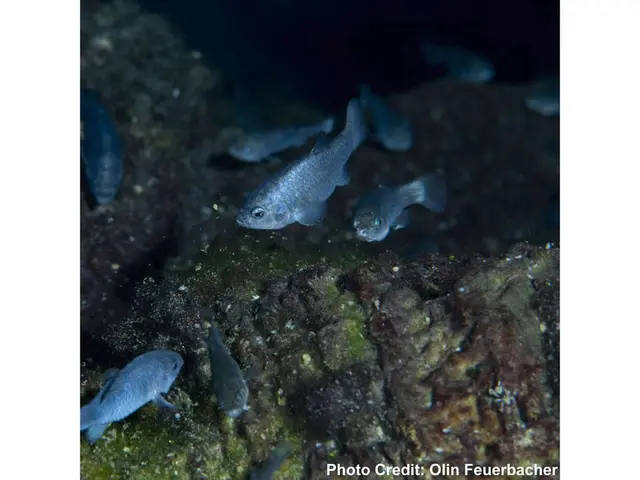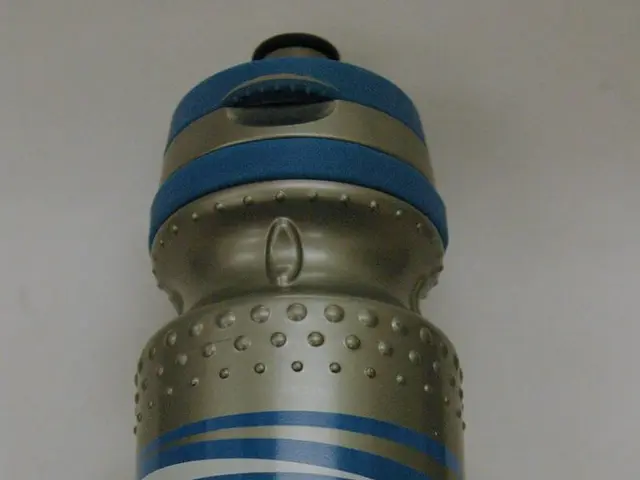South Korea's Fine Dust Pollution Crisis: Koreans Fight Back as Government Debates Solutions
South Korea struggles with escalating fine dust pollution, with locals increasingly anxious about its health impacts. Nearly half of the pollution originates within the country, with diesel cars and coal plants being major culprits. Koreans are taking action, using real-time information apps and air purifiers, while the government debates measures to tackle the issue.
The Korean government aims to cut ultrafine dust by 30% by 2022. However, concentrations continue to rise, making it the top concern for Koreans, even surpassing fears about North Korea's nuclear weapons. Fine dust, a mix of sulfur, nitrogen oxides, carbon, soot, and more, poses serious health risks.
To combat this, the government considers various strategies. These include expanding green zones with evergreen plants to absorb pollutants, promoting public transport to reduce vehicle emissions, and controlling industrial emissions. Better air quality monitoring and forecasting systems are also in the works. Energy-saving and sustainable urban planning approaches are being explored to mitigate dust sources. However, specific policy proposals are still evolving and debated among government and environmental experts.
Fine dust pollution remains a pressing concern in South Korea. While Koreans arm themselves with real-time information apps and air purifiers, the government works on comprehensive strategies to reduce emissions and improve air quality. The challenge lies in implementing these measures effectively and promptly to meet the 2022 reduction target.
Read also:
- Two farmers in Zambia take legal action against two firms with Chinese connections, alleging an ecological disaster caused by their operations.
- Deepening EU-India relations despite apprehensions regarding Moscow connections
- Ongoing Transition Towards Cleanliness
- Biden-Harris Administration's Public Lands Rule Sparks Utah Dispute







